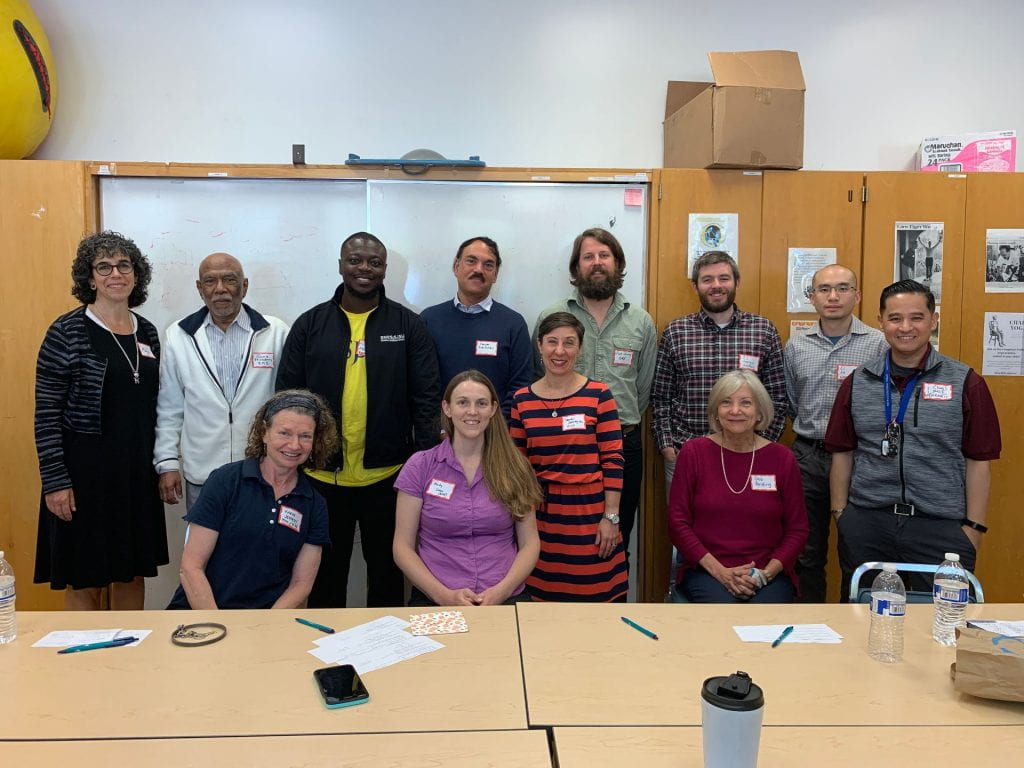Dr. Winifred Schultz-Krohn and Dr. Luis Arabit
The importance of collaborative and interdisciplinary research projects among and across disciplines is an important step to the university’s goal to excel and lead through fostering cross-disciplinary collaborations that capitalize on the university’s signature strengths. For the past two years, the occupational therapy department embarked on a collaborative project, which included students from Engineering, Human Factors, Industrial Design, and Occupational Therapy. Each discipline initially had students working collaboratively in the Industrial Studies lab to construct a mock-up of the shuttle with an emphasis on creating a shuttle that would serve individuals with multiple needs. Clients from the occupational therapy clinics were invited to tour the shuttle and provided user feedback and suggestions that were incorporated into the plans. Prior to the COVID-19 shelter in place (SIP) restrictions, the design of the shuttle and amenities within the shuttle were conceptualized to support individuals who have various disabling conditions. All students engaged in research addressing requirements of the Americans with Disabilities Act (ADA), emerging technology to support accessibility and inclusion, and helpful amenities within the shuttle. Smaller interdisciplinary teams met to address specific issues followed by weekly meetings for the entire team to review ideas. This process followed the Design Thinking model that served as the framework for this project. An additional hurdle faced was that some student team members were graduating and leaving the team while new students were joining the process during the COVID-19 SIP.
The shift from weekly in-person to weekly zoom meetings was not easy. The ability to work with the physical model was gone and with it the dynamic problem solving that can occur when actual materials are manipulated and reconfigured to allow greater room for an individual who uses a wheelchair to enter the shuttle. This necessitated far greater collaborative work by all students and faculty to share knowledge and information through diagrams, pictures and sketches. A byproduct of this shift to exclusive virtual meetings was actually beneficial for all students from the various disciplines. Instead of working on the physical model, students needed to explain the concepts without using discipline jargon and provide evidence for the concepts. The positive outcome was all students gained a far greater understanding of each other’s discipline in addition to a new found respect for how each discipline offered a vital and unique perspective to the project. An engineering student commented that “I never knew everything an OT could do! It really helped me understand how to work with people who have different abilities.” One of the Industrial Design students noted “Working with the OTs really helped me understand how designs need to fit everyone; how a design can be inclusive from the beginning.” A graduate OT student was asked to reflect on the learning experience from being part of this project and stated “Presenting professionally to other disciplines was a great experience and provided an opportunity to develop skills. It is far different presenting to OT classmates and professors when compared to presenting to other disciplines. I can see the growth in my professional presentation skills.”
